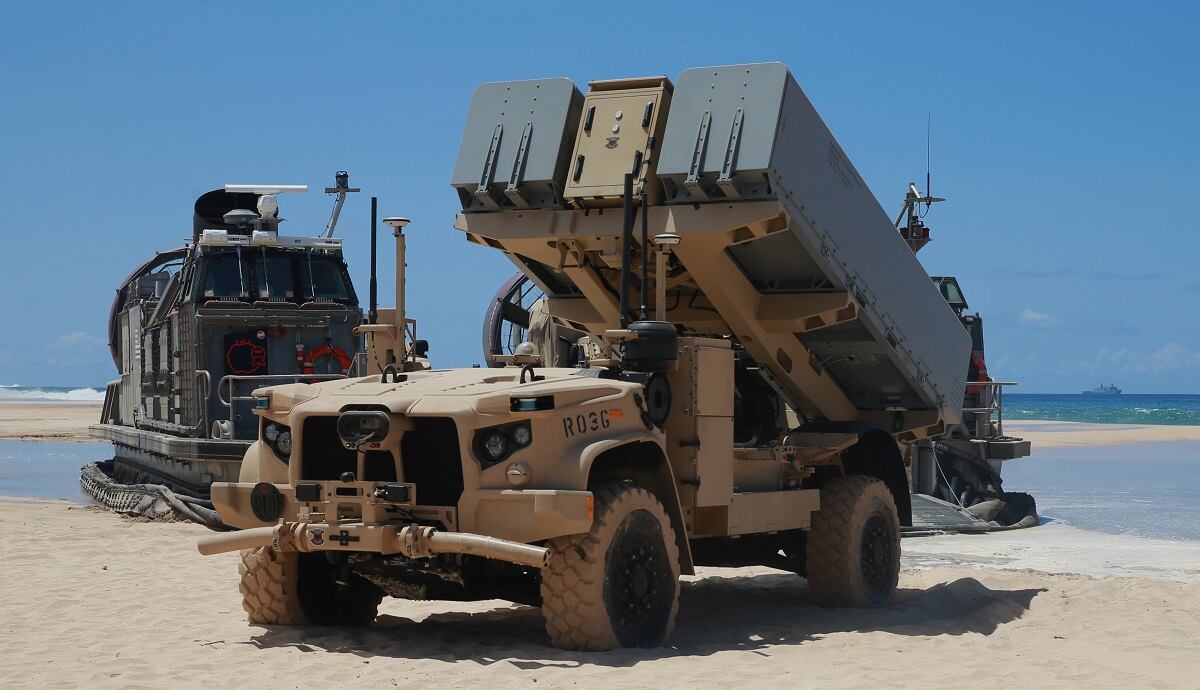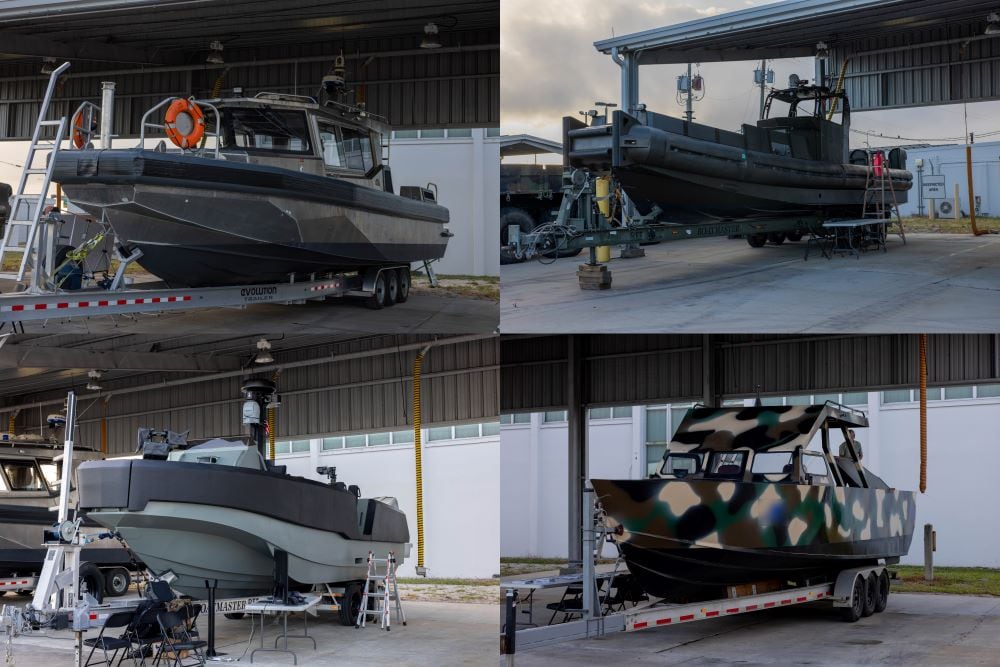The Marine Corps Reserve is well on its way toward acquiring and experimenting with an expeditionary small boat to help make Marines more nimble in littoral operations.
The 4th Assault Amphibian Battalion, a Reserve unit based out of Tampa Bay, Florida, is scheduled to receive four or five small watercraft in spring 2023 after the completion of a rapid acquisition process, Reserve spokesman Lt. Col. Craig Thomas II told Marine Corps Times in early November.
The Reserve has been working with the Pentagon’s Defense Innovation Unit and the Marine Corps Warfighting Laboratory since August to select a small boat vendor.
The 4th Assault Amphibian Battalion currently has no small boats; it has amphibious assault vehicles and will transition to the more modern amphibious combat vehicle in fiscal year 2027, according to Thomas.
On Nov. 2 and Nov. 3, four commercial vendors showed off their boats at the headquarters of the 4th Assault Amphibian Battalion, according to Thomas. The names of the vendors are not public.
RELATED

If these boats become a part of the Corps’ array of watercraft, Marines would use them for “reconnaissance, sensing, and tactical maneuver and logistics support in the maritime domain,” Thomas told Marine Corps Times.
Before then, the 4th Assault Amphibian Battalion will experiment with the boats to gain insights that the active force can use, according to Thomas.
“That may help the Marine Corps be like, ‘That’s not the winner,’ or it could help solidify, ‘We’re on the right track — we need to get more of those,’” Thomas said.
The Reserve will collect data on aspects ranging from how the chosen boat performs in different bodies of water to what kinds of weapons systems it can hold to how much maintenance it needs, according to Thomas.
Money for the procurement will come from funds specifically earmarked for Reserve and National Guard equipment, Thomas said. The Reserve anticipates purchasing more than this year’s four or five boats in the next fiscal year.
The boats currently being acquired for the Reserve are commercially available, but testing and experimentation on them may inform future acquisition of watercraft produced specifically for the Corps’ needs, said Col. Andy Shriver, Reserve assistant chief of staff for capabilities and requirements.
“We’ve got locations, we’ve got Marines, we’ve got our own money to buy a small number of commercial craft,” Shriver said. “We can marry that all up and offer it as capacity to MCWL and CD&I [Combat Development and Integration] to help learn about this particular capability area to inform future follow-on system acquisition and capability development.”
For years, Marine Corps leadership has said the Corps needs smaller watercraft as it adapts to the proliferation of precision-guided missiles.
One tenet of the Corps’ sweeping overhaul, Force Design 2030, is that it can be dangerous to gather a large concentration of Marines in contested areas.
“We must continue to seek the affordable and plentiful at the expense of the exquisite and few when conceiving of the future amphibious portion of the fleet,” Gen. David Berger, the Marine Corps commandant, wrote in his planning guidance back in 2019.
In addition to allowing Marines to disperse, small watercraft have the advantage of being harder to detect than large ship-to-shore vessels like the landing craft utility.
Moreover, small boats are faster than amphibious assault vehicles or amphibious combat vehicles. And unlike AAVs and ACVs, small boats would allow Marines to deliver fire while crossing deep water, as a U.S. Naval Institute analysis pointed out in 2020.
Thomas stressed that if these small boats join the fleet, they would be an added element of the Corps’ capabilities — they wouldn’t replace other watercraft like the amphibious combat vehicle or the landing craft utility.
Elements within a few Marine Corps units already are working with small boats, according to Shriver.
“There’s a thirst for more capacity to be able to do that kind of experimentation to inform requirements development,” he said.
This isn’t the first time in recent history that the Marine Corps has worked with small boats. From its activation in 1991 until its decommissioning in 2005, the Corps’ Small Craft Company used small boats for operations on rivers, including the Euphrates in Iraq.
This story was updated March 14, 2023, to more accurately reflect the kinds of small boats MARFORRES is considering acquiring.
Irene Loewenson is a staff reporter for Marine Corps Times. She joined Military Times as an editorial fellow in August 2022. She is a graduate of Williams College, where she was the editor-in-chief of the student newspaper.





